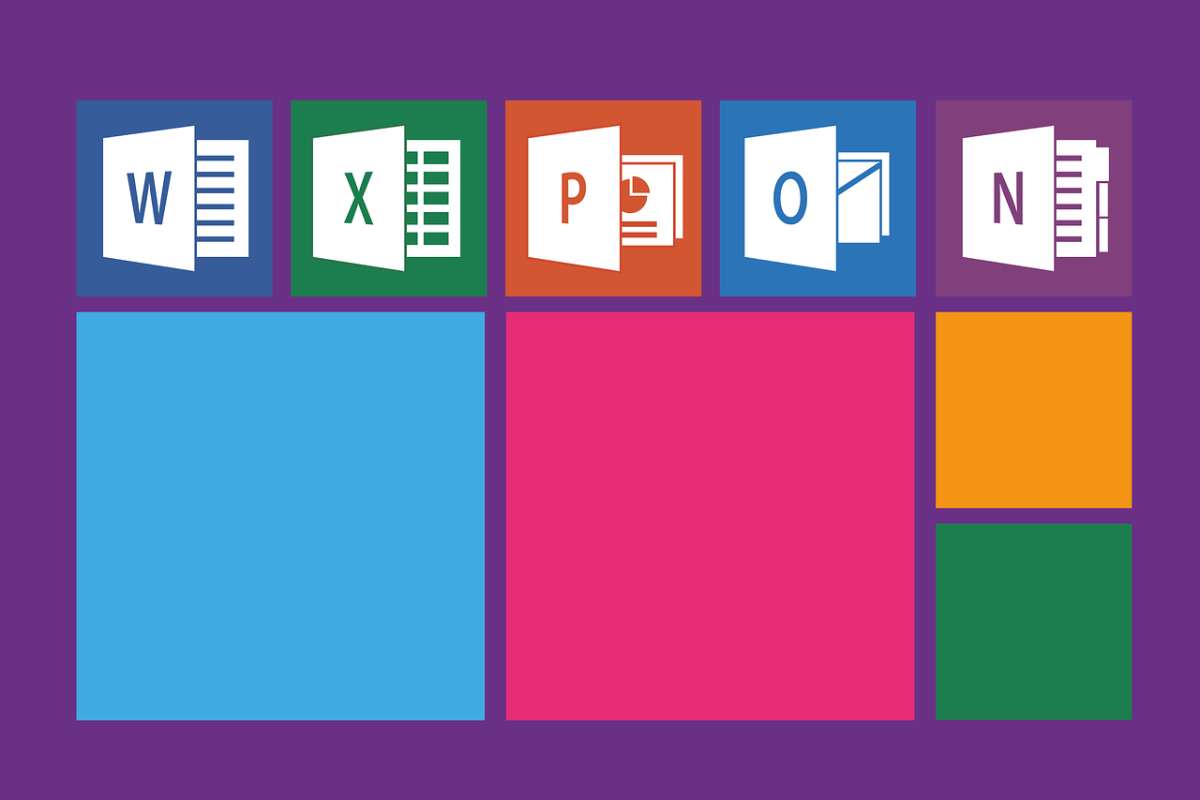In today’s digital age, cloud computing has emerged as a pivotal technology that transforms how businesses operate and individuals access information. From storing files to running complex applications, the cloud has redefined efficiency and scalability in the tech world. In this article, we’ll explore what cloud computing is, its types, benefits, challenges, and its future.
Cloud Computing
At its core, cloud computing refers to the delivery of computing services—such as storage, processing power, and applications—over the internet (the “cloud”). This allows users to access resources without needing to own physical infrastructure. Instead, services are hosted on remote servers managed by cloud service providers (CSPs), such as Amazon Web Services (AWS), Microsoft Azure, and Google Cloud Platform.
Key Characteristics of Cloud Computing:
- On-Demand Self-Service: Users can access resources as needed without human intervention from the service provider.
- Broad Network Access: Services are accessible over the internet from various devices, including smartphones, tablets, and computers.
- Resource Pooling: Multiple customers share the same physical resources, allowing for efficient management and utilization.
- Rapid Elasticity: Resources can be scaled up or down quickly based on demand.
- Measured Service: Resource usage is monitored, controlled, and reported, allowing for transparency and cost management.
Types of Cloud Computing
Cloud computing can be categorized into several models, each suited to different needs:
1. Public Cloud
Public clouds are owned and operated by third-party service providers who deliver their computing resources over the internet. Examples include AWS, Google Cloud, and Microsoft Azure. Public clouds are cost-effective and scalable but may raise concerns regarding data security.
2. Private Cloud
Private clouds are dedicated to a single organization. They can be hosted on-premises or by a third-party provider. This model offers greater control and security, making it ideal for businesses with strict regulatory requirements.
3. Hybrid Cloud
Hybrid clouds combine public and private cloud infrastructures, allowing data and applications to be shared between them. This model offers flexibility and scalability while maintaining security for sensitive data.
4. Multi-Cloud
Multi-cloud strategies involve using services from multiple cloud providers. This approach can enhance resilience, reduce dependency on a single vendor, and allow businesses to leverage the strengths of different providers.
Benefits of Cloud Computing
Cloud computing offers numerous advantages, making it an attractive option for businesses and individuals alike:
- Cost Efficiency: Users pay only for the resources they use, eliminating the need for hefty capital expenditures on hardware and software.
- Scalability: Businesses can quickly scale resources up or down based on demand, ensuring optimal performance without over-provisioning.
- Accessibility: With cloud computing, data and applications are accessible from anywhere, promoting remote work and collaboration.
- Disaster Recovery: Many cloud providers offer backup and recovery solutions, ensuring data is safe and can be restored quickly in case of an emergency.
- Automatic Updates: Cloud providers manage software updates and maintenance, allowing users to focus on their core business operations.
Challenges of Cloud Computing
Despite its many benefits, cloud computing also poses certain challenges:
- Security Concerns: Storing data off-site can raise concerns about data breaches and unauthorized access.
- Downtime: Cloud service providers may experience outages, which can affect accessibility and operations for businesses.
- Vendor Lock-In: Switching providers can be difficult due to differing technologies and services, leading to dependency on a single vendor.
- Compliance: Organizations must ensure that their cloud practices adhere to industry regulations and standards.
The Future of Cloud Computing
As technology evolves, so too does cloud computing. Key trends shaping its future include:
- Edge Computing: This approach involves processing data closer to the source rather than relying solely on centralized cloud data centers, enhancing speed and reducing latency.
- AI and Machine Learning: Integration of AI capabilities into cloud services will facilitate automation, analytics, and smarter decision-making.
- Serverless Computing: This model allows developers to build applications without managing server infrastructure, improving efficiency and reducing costs.
- Sustainability: As awareness of environmental impacts grows, cloud providers are increasingly focusing on sustainable practices, including renewable energy sources for data centers.
Conclusion
Cloud computing is no longer a futuristic concept; it’s a fundamental component of modern business strategy. With its myriad benefits, challenges, and evolving landscape, understanding cloud computing is essential for anyone looking to thrive in the digital world. As technology continues to advance, embracing the cloud will enable businesses to innovate, scale, and stay competitive in an ever-changing market. Whether you’re a business leader, an IT professional, or simply a tech enthusiast, the cloud is here to stay—reshaping the way we think about technology and its possibilities.













